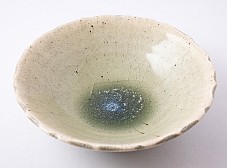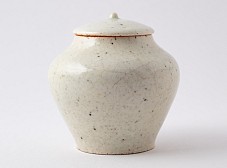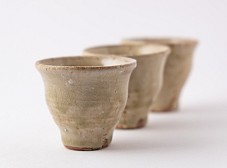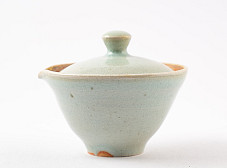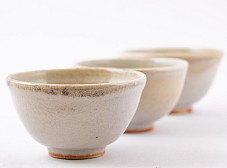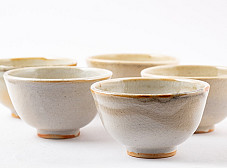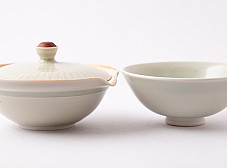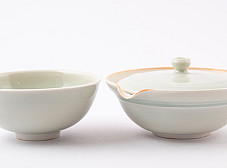
Celadon
Celadon is a ceramic with a jade green glaze that is transparent, often with small crackles. Celadon originated in China and important kilns there, such as Longquan in Zhejiang province, are famous for their celadon glazes. Celadon production later spread to other parts of East Asia, such as Japan and Korea.
More...Celadon glaze refers to a family of usually partly transparent colored glazes, many with pronounced (and sometimes accentuated) "crackle", or tiny cracks in the glaze produced in a wide variety of colors, generally used on stoneware or porcelain pottery bodies.
So-called "true celadon", which requires a minimum 1,260 °C furnace temperature, a preferred range of 1,285 to 1,305 °C, and firing in a reducing atmosphere, originated at the beginning of the Northern Song dynasty (960–1127), at least on one strict definition. The unique grey or green celadon glaze is a result of iron oxide's transformation from ferric to ferrous iron (Fe2O3 → FeO) during the firing process. Individual pieces in a single firing can have significantly different colors, from small variations in conditions in different parts of the kiln. Most of the time, green was the desired color, reminding the Chinese of jade, always the most valued material in Chinese culture.

